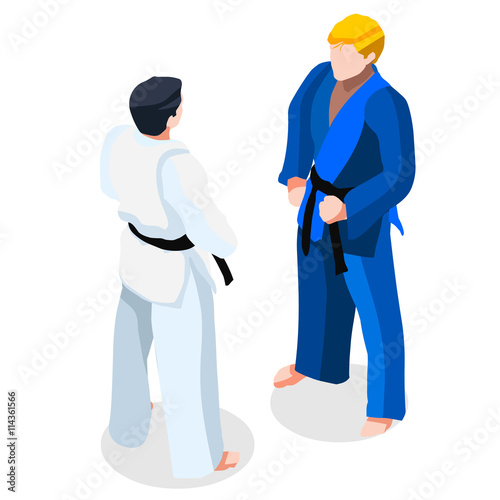The History And Advancement Of Martial Arts Around The Globe
The History And Advancement Of Martial Arts Around The Globe
Blog Article
Produced By-Hess Ebsen
Martial arts have a remarkable history that covers centuries and continents. You might find it appealing exactly how ancient methods like Shuai Jiao and Kalaripayattu prepared for contemporary combat techniques. These disciplines not only emphasize physical skills yet likewise show the societies that birthed them. As you explore their development, consider exactly how globalization has actually transformed these typical forms right into crossbreed styles. What influences do you believe have formed today's martial arts landscape?
Ancient Martial arts: The Foundations of Battle
As you delve into the globe of ancient martial arts, you'll discover the rich structures that shaped fight techniques throughout cultures. Early techniques concentrated on Self-Defense and survival, often including strikes, grappling, and weaponry.
In old China, for example, strategies like Shuai Jiao emphasized throws and joint locks, while India's Kalaripayattu showcased dexterity and liquid movement. Japanese samurai created Kenjutsu, a polished swordsmanship that highlighted self-control and strategy.
These martial arts served not just for battle yet likewise as a way of individual growth, instilling worths like regard and determination. visit the up coming post blending of these methods gradually laid the groundwork for the diverse martial arts you see today, each reflecting the unique approaches and needs of its culture.
The Cultural Influence on Martial Arts Development
While martial arts usually mirror the functional requirements of a culture, they also symbolize the cultural values and ideas of their origins. When you explore various martial arts, you'll discover exactly how they're affected by faith, viewpoint, and social norms.
As an example, the focus on respect and discipline in Japanese martial arts stems from Zen Buddhism and samurai culture. In contrast, Brazilian Jiu-Jitsu advertises flexibility and strategy, shaped by the requirement for performance in a varied, multicultural environment.
You may locate that the routines, attires, and training approaches mirror a neighborhood's history and identification. By recognizing these social influences, you strengthen your admiration of martial arts and their function in shaping human experiences across the globe.
Modern Adaptations and the Globalization of Martial arts
Martial arts have transformed dramatically in current decades, adapting to modern society and global impacts. You'll notice that traditional types have combined with contemporary methods, developing hybrid styles like mixed martial arts. should martial arts be banned accommodate varied target markets, making martial arts accessible and appealing around the world.
With the surge of social networks and digital systems, you can discover tutorials and competitions from all edges of the globe, damaging geographical barriers. This globalization has actually led to a shared recognition for different disciplines, from Brazilian Jiu-Jitsu to Taekwondo.
As you engage with these arts, you'll understand they're not almost combat; they promote health and fitness, discipline, and mental health.
Inevitably, modern adaptations have improved the martial arts landscape, making it a dynamic and developing practice.
Conclusion
In exploring the history and evolution of martial arts, you discover a fascinating mix of strategies, societies, and viewpoints. From old disciplines like Shuai Jiao and Kalaripayattu to the modern versatility seen in MMA, martial arts mirror mankind's pursuit for Self-Defense and individual growth. As you engage with these techniques, you not only get abilities however also a deeper gratitude for the diverse customs that form our world today. So, continue your journey and embrace the art of fight!
